Growing Beets Kitchen Garden: Ever dreamed of stepping outside your back door and harvesting vibrant, earthy beets for a delicious and healthy meal? I know I have! There’s something incredibly satisfying about nurturing your own food, and beets are surprisingly easy to grow, even in a small space. This DIY guide is packed with simple tricks and hacks to help you cultivate a thriving beet patch right in your kitchen garden.
Beets have a rich history, dating back to ancient times. The Romans were known to cultivate them, primarily for their leaves, while the roots gained popularity later. In some cultures, beets symbolize love and beauty, adding a touch of romance to your gardening endeavors. But beyond their historical significance, beets are nutritional powerhouses, packed with vitamins, minerals, and antioxidants.
Why should you try growing beets kitchen garden? Well, store-bought beets simply can’t compare to the flavor and freshness of homegrown ones. Plus, gardening is a fantastic way to relieve stress, connect with nature, and enjoy the fruits (or rather, roots!) of your labor. Whether you’re a seasoned gardener or a complete beginner, these DIY tricks will empower you to grow beautiful, delicious beets with minimal effort. Let’s get started!
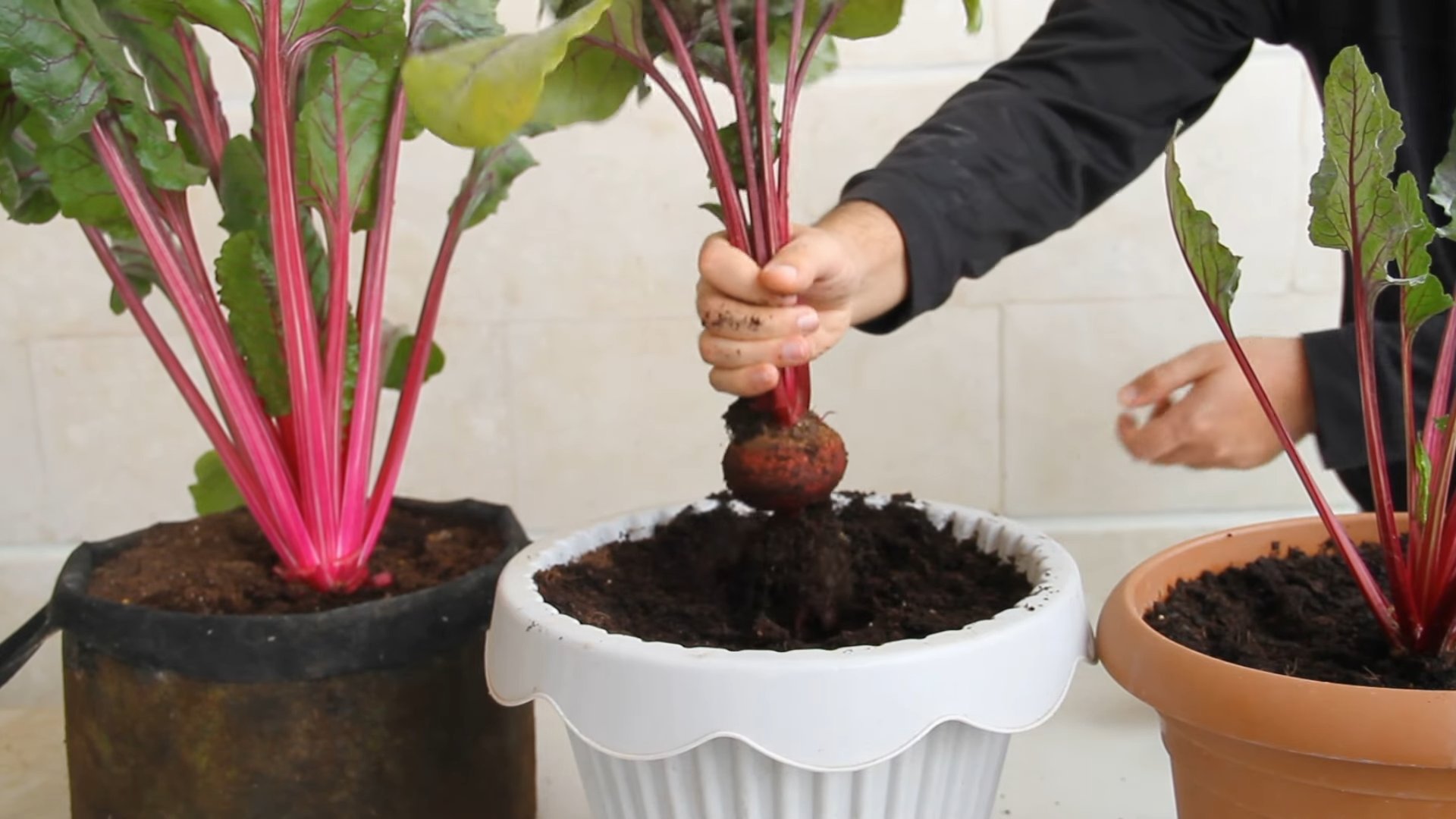
Growing Beets: A Beginner’s Guide to Sweet Success in Your Kitchen Garden
Hey there, fellow garden enthusiasts! I’m so excited to share my experiences and tips on growing beets right in your kitchen garden. Beets are not only delicious and nutritious, but they’re also relatively easy to grow, making them perfect for beginners like I once was. Plus, you can eat the entire plant – roots, stems, and leaves! Let’s dive in and get our hands dirty!
Choosing the Right Beet Variety
Before we even think about planting, let’s talk about beet varieties. There are so many to choose from, each with its own unique characteristics. Here are a few of my favorites:
* Detroit Dark Red: This is a classic, reliable variety that produces round, deep red beets with a sweet, earthy flavor. It’s a great all-around choice.
* Chioggia: If you’re looking for something a little different, try Chioggia beets. They have beautiful red and white concentric rings inside, making them a real showstopper. The flavor is mild and sweet.
* Golden: For those who prefer a milder flavor, golden beets are an excellent option. They’re less earthy than red beets and have a lovely golden color.
* Cylindra: As the name suggests, Cylindra beets are long and cylindrical, making them easy to slice and cook. They’re also great for canning.
I usually recommend starting with Detroit Dark Red if you’re a beginner, but feel free to experiment and find your favorite!
Preparing Your Kitchen Garden for Beets
Beets thrive in well-drained soil that’s rich in organic matter. Here’s how I prepare my garden bed:
* Sunlight: Beets need at least 6 hours of sunlight per day. Choose a spot in your kitchen garden that gets plenty of sun.
* Soil: Beets prefer a slightly acidic to neutral soil pH (around 6.0 to 7.0). You can test your soil pH with a simple soil testing kit. If your soil is too acidic, you can amend it with lime.
* Amendments: I like to amend my soil with compost or well-rotted manure before planting. This adds nutrients and improves drainage. Work the compost into the top 6-8 inches of soil.
* Remove Rocks and Debris: Beets need loose soil to grow properly. Remove any rocks, sticks, or other debris from the planting area.
* Loosen the Soil: Use a garden fork or tiller to loosen the soil to a depth of at least 12 inches. This will allow the beet roots to grow easily.
Planting Your Beet Seeds
Now for the fun part – planting! Beets are typically planted directly in the ground, as they don’t transplant well.
1. Timing: Beets are a cool-season crop, so I plant them in early spring or late summer. In my area (zone 6), I usually plant my first crop in April and my second crop in August. Check your local planting dates for the best time to plant in your region.
2. Spacing: Sow beet seeds about 1 inch deep and 1-2 inches apart in rows that are 12-18 inches apart.
3. Sowing: Beet seeds are actually clusters of seeds, so you’ll likely get more than one seedling sprouting from each seed. Don’t worry, we’ll thin them out later.
4. Watering: After planting, water the soil gently but thoroughly. Keep the soil consistently moist until the seeds germinate.
5. Germination: Beet seeds typically germinate in 5-10 days, depending on the soil temperature.
Thinning Your Beet Seedlings
As I mentioned earlier, beet seeds often produce multiple seedlings. Thinning is essential to give the remaining plants enough space to grow.
1. When to Thin: Once your seedlings are about 2-3 inches tall, it’s time to thin them.
2. How to Thin: Carefully pull out the weaker seedlings, leaving the strongest ones spaced about 3-4 inches apart. You can use small scissors to cut the unwanted seedlings at the soil line if you’re worried about disturbing the roots of the remaining plants.
3. Don’t Waste the Thinnings: The thinned seedlings are perfectly edible! You can add them to salads or sauté them with other greens.
Caring for Your Growing Beets
Beets are relatively low-maintenance, but here are a few things I do to keep them happy and healthy:
* Watering: Beets need consistent moisture, especially during hot, dry weather. Water deeply once or twice a week, or more often if the soil dries out quickly.
* Weeding: Keep the area around your beets free of weeds. Weeds compete with beets for nutrients and water. I like to hand-weed regularly to prevent weeds from getting out of control.
* Fertilizing: Beets are not heavy feeders, but they do benefit from a side dressing of fertilizer a few weeks after thinning. I use a balanced organic fertilizer, such as 5-5-5, and apply it according to the package directions.
* Mulching: Mulching around your beets helps to retain moisture, suppress weeds, and regulate soil temperature. I use straw or shredded leaves as mulch.
Dealing with Pests and Diseases
Beets are generally resistant to pests and diseases, but here are a few common problems to watch out for:
* Leaf Miners: Leaf miners are small insects that tunnel through beet leaves, leaving unsightly trails. You can control leaf miners by covering your plants with row covers or by spraying them with neem oil.
* Flea Beetles: Flea beetles are tiny jumping insects that chew small holes in beet leaves. You can control flea beetles by covering your plants with row covers or by spraying them with insecticidal soap.
* Cercospora Leaf Spot: Cercospora leaf spot is a fungal disease that causes small, circular spots on beet leaves. You can prevent Cercospora leaf spot by providing good air circulation and avoiding overhead watering. If you see signs of the disease, remove the affected leaves and spray the plants with a fungicide.
Harvesting Your Beets
Harvesting is the most rewarding part of growing beets!
1. When to Harvest: You can harvest beets at any size, but they’re typically ready to harvest when the roots are about 1-3 inches in diameter. Check the seed packet for the specific size of your chosen variety.
2. How to Harvest: Gently loosen the soil around the beets with a garden fork. Then, grasp the beet greens near the base and pull the beet out of the ground.
3. Cleaning: Brush off any excess soil from the beets.
4. Storing: Cut off the beet greens, leaving about 1-2 inches of stem attached. Store the beets in the refrigerator in a plastic bag for up to several weeks. The beet greens can also be stored in the refrigerator for a few days.
Enjoying Your Homegrown Beets
Now that you’ve harvested your beets, it’s time to enjoy them! There are so many ways to cook and eat beets. Here are a few of my favorites:
* Roasted Beets: Roasting beets brings out their natural sweetness. Simply toss them with olive oil, salt, and pepper, and roast them in the oven at 400°F (200°C) for about 45 minutes, or until they’re tender.
* Boiled Beets: Boiling is another simple way to cook beets. Simmer them in water until they’re tender, then peel and slice them.
* Beet Salad: Beet salad is a classic dish that’s both healthy and delicious. Combine cooked beets with goat cheese, walnuts, and a vinaigrette dressing.
* Beet Greens: Don’t forget about the beet greens! They can be cooked like spinach or other leafy greens. Sauté them with garlic and olive oil for a simple and tasty side dish.
* Pickled Beets: Pickled beets are a great way to preserve your harvest and enjoy them throughout the year.
Troubleshooting Common Beet Growing Problems
Even with the best care, you might encounter some problems while growing beets. Here are a few common issues and how to address them:
* Poor Germination: If your beet seeds aren’t germinating, it could be due to several factors, such as cold soil, dry soil, or old seeds. Make sure the soil is warm and moist, and use fresh seeds.
* Slow Growth: If your beets are growing slowly, it could be due to poor soil, lack of sunlight, or competition from weeds. Amend the soil with compost, make sure your plants are getting enough sunlight, and keep the area around them free of weeds.
* Forked Roots: Forked roots can be caused by compacted soil or rocky soil. Loosen the soil well
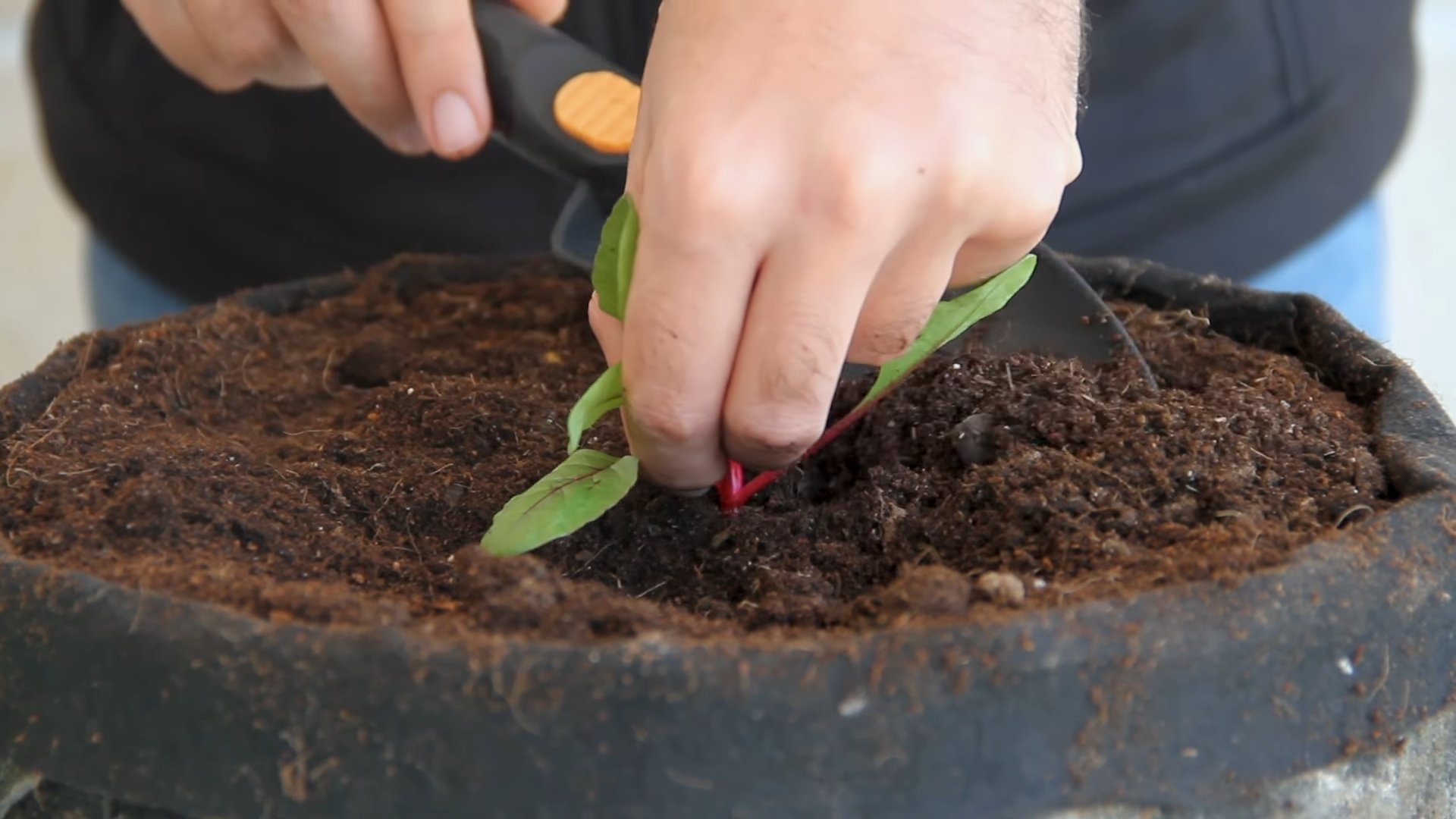
Conclusion
So, there you have it! Mastering the art of growing beets in your kitchen garden is not only achievable but also incredibly rewarding. We’ve walked you through the essential steps, from selecting the right beet varieties to nurturing them through harvest. But why is this DIY trick a must-try? Because fresh, homegrown beets offer a flavor and nutritional profile that simply can’t be matched by store-bought alternatives. Imagine the vibrant colors and earthy sweetness adding depth to your salads, soups, and roasted vegetable medleys. Plus, you’ll have the satisfaction of knowing exactly where your food comes from and how it was grown, free from harmful pesticides and chemicals.
Beyond the basic techniques, there’s plenty of room for experimentation and personalization. Consider these variations to elevate your beet-growing game:
* Succession Planting: Plant new beet seeds every few weeks to ensure a continuous harvest throughout the growing season. This is especially useful if you have a small garden and want to maximize your yield.
* Companion Planting: Beets thrive alongside certain plants, such as onions, garlic, lettuce, and cabbage. These companions can help deter pests and improve soil health. Experiment with different combinations to find what works best in your garden.
* Growing Beet Greens: Don’t discard the beet greens! They are packed with vitamins and minerals and can be cooked like spinach or added to salads. Harvest them gradually as the beets grow, or dedicate a few plants solely to greens production.
* Container Gardening: If you lack a traditional garden plot, don’t despair! Beets can be successfully grown in containers, provided they are large enough to accommodate the root development. Choose a container that is at least 12 inches deep and wide.
* Different Varieties: Explore the world of beet varieties! From the classic ‘Detroit Dark Red’ to the golden ‘Golden Detroit’ and the striped ‘Chioggia’, there’s a beet for every palate and preference. Experiment with different varieties to discover your favorites.
Growing beets in your kitchen garden is more than just a gardening project; it’s an investment in your health, your taste buds, and your connection to nature. It’s a chance to learn new skills, enjoy the therapeutic benefits of gardening, and savor the delicious rewards of your labor.
We wholeheartedly encourage you to give this DIY trick a try. Start small, be patient, and don’t be afraid to experiment. And most importantly, share your experience with us! We’d love to hear about your successes, your challenges, and your unique beet-growing adventures. Post photos of your beet harvest on social media using #HomegrownBeets and tag us so we can celebrate your accomplishments. Let’s build a community of beet-loving gardeners and inspire others to embrace the joy of growing their own food. So, grab your seeds, get your hands dirty, and get ready to enjoy the unparalleled flavor of homegrown beets!
Frequently Asked Questions (FAQ)
What is the best time of year to plant beets?
The ideal time to plant beets depends on your climate. Beets are a cool-season crop, meaning they thrive in temperatures between 60°F and 70°F (15°C and 21°C). In most regions, you can plant beets in early spring, about 2-3 weeks before the last expected frost. You can also plant a second crop in late summer for a fall harvest. In warmer climates, you can grow beets throughout the winter. Check your local weather forecast and planting guides for specific recommendations for your area.
How much sunlight do beets need?
Beets need at least 6 hours of direct sunlight per day to thrive. While they can tolerate some shade, insufficient sunlight can result in smaller roots and less vibrant greens. Choose a planting location that receives full sun for optimal growth. If you are growing beets in containers, make sure to place them in a sunny spot.
What kind of soil is best for growing beets?
Beets prefer loose, well-drained soil that is rich in organic matter. Heavy clay soil can hinder root development, resulting in misshapen or stunted beets. Amend heavy soil with compost, aged manure, or other organic materials to improve drainage and aeration. The ideal soil pH for beets is between 6.0 and 7.0. You can test your soil pH using a home testing kit or by sending a sample to a local agricultural extension office.
How often should I water my beets?
Beets need consistent moisture to grow properly. Water them deeply whenever the top inch of soil feels dry to the touch. Avoid overwatering, as this can lead to root rot. During hot, dry weather, you may need to water your beets more frequently. Mulching around the plants can help retain moisture and suppress weeds.
How long does it take for beets to mature?
Beets typically take 50-70 days to mature, depending on the variety. You can harvest the roots when they reach the desired size, usually around 2-3 inches in diameter. You can also harvest the greens at any time, as needed. To harvest the roots, gently loosen the soil around the plant and pull it up by the leaves.
What are some common pests and diseases that affect beets?
Beets can be susceptible to several pests and diseases, including leaf miners, flea beetles, aphids, and fungal diseases like Cercospora leaf spot. Regularly inspect your plants for signs of infestation or disease. You can control many pests with organic methods, such as handpicking, insecticidal soap, or neem oil. To prevent fungal diseases, ensure good air circulation around the plants and avoid overhead watering.
Can I eat the beet greens?
Yes, beet greens are edible and highly nutritious! They are a good source of vitamins A and C, as well as iron and fiber. You can cook beet greens like spinach or add them to salads. Harvest the greens gradually as the beets grow, or dedicate a few plants solely to greens production.
How do I store beets after harvesting?
To store beets, cut off the greens, leaving about an inch of stem attached. Gently brush off any excess soil, but do not wash the beets. Store them in a cool, dark, and humid place, such as a refrigerator or root cellar. Beets can last for several months when stored properly.
Why are my beet roots small or misshapen?
Several factors can contribute to small or misshapen beet roots, including poor soil, insufficient sunlight, overcrowding, and inconsistent watering. Ensure that your beets are planted in loose, well-drained soil that is rich in organic matter. Provide them with at least 6 hours of direct sunlight per day. Thin the seedlings to the recommended spacing to prevent overcrowding. Water them regularly and deeply, especially during dry periods.
Can I grow beets in containers?
Yes, beets can be successfully grown in containers, provided they are large enough to accommodate the root development. Choose a container that is at least 12 inches deep and wide. Use a high-quality potting mix and ensure that the container has good drainage. Water the beets regularly and fertilize them with a balanced fertilizer.

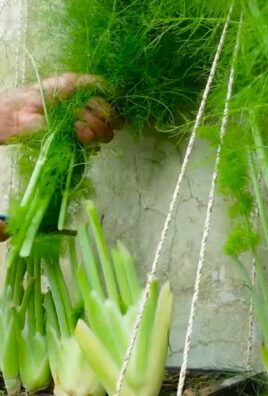
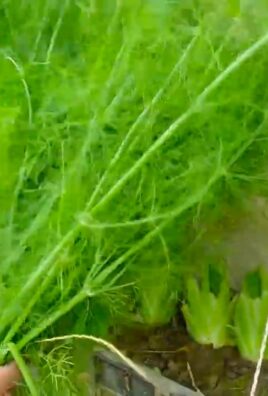
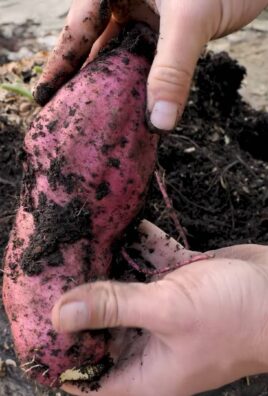
Leave a Comment